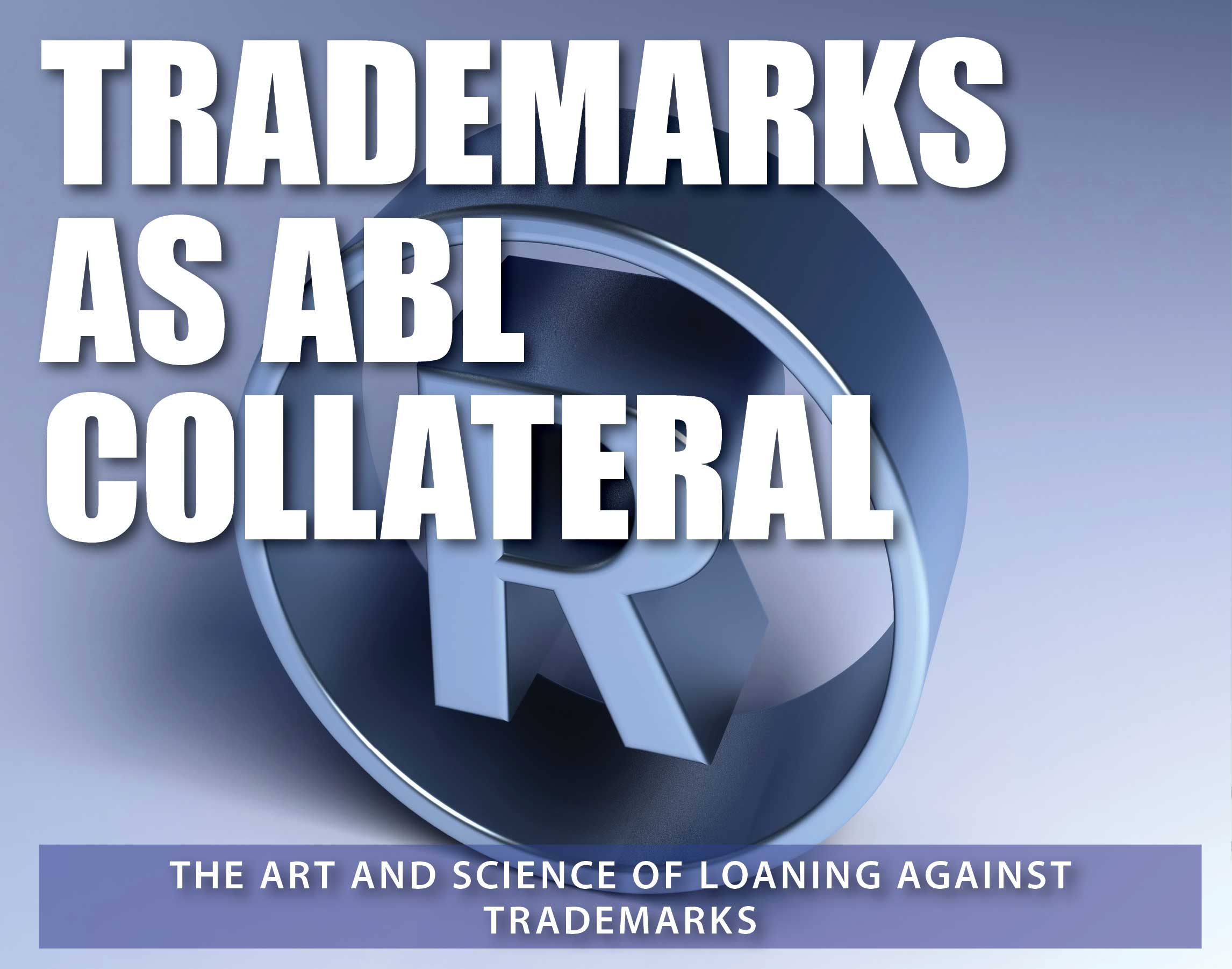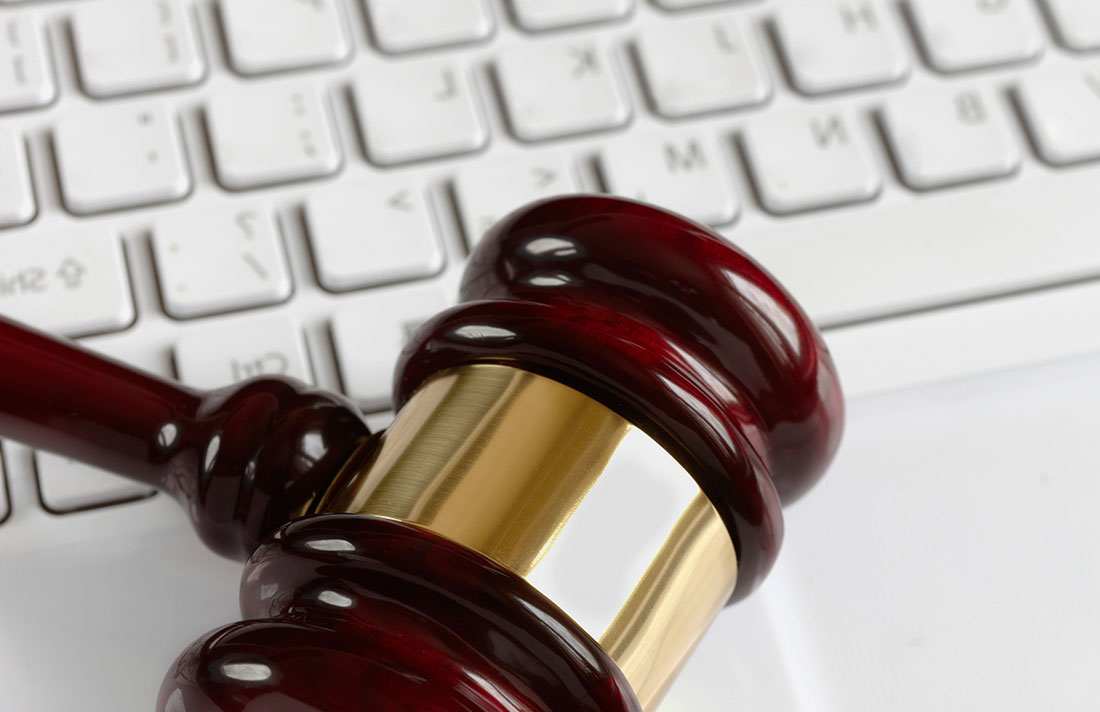
The Art and Science of Loaning Against Trademarks
By: Eric Gul
Date: May 16, 2022
Trademarks are one of the fastest-growing collateral categories in the ABL sector—due in no small part to the ease with which owners of properly supported brands can sell their products via multiple channels, including e-commerce, m-commerce, wholesale distribution, and retail stores. On the consumer side, younger generations are driving much of the e-commerce and m-commerce demand. They have grown up absorbing branded content on Tik-Tok and Instagram and have also discovered the convenience of making brick-and-mortar returns.
This suggests a long-term future for lending against the intellectual property of a brand. However, evaluating trademarks is not the same as appraising retail and wholesale inventories, M&E or real estate. In trademark-based loans, lenders and their representatives need to consider variables that are not always associated with more conventional asset classes.
As always in asset-based lending, the organizing principle of the due diligence process is to ask the simple question “What can we fall back on if the borrower defaults?”
Initial review
To be sure, any due diligence process for trademark collateral should include requisite analyses of certain standard risk factors. For example, legal counsel will need to check the U.S. Patent & Trademark Office (USPTO) database to confirm that the marks are properly registered and uncontested in their appropriate classes.
Likewise, searches should be run for any outstanding liens or litigation involving the mark. Examples of the latter could include government agencies or consumer groups contesting efficacy claims made by the brand; personal injury claims involving the brand’s products; or trademark-infringement lawsuits from rivals. In some cases, companies with similar trademarks will have agreed to “live and let live,” with conditions, as part of a coexistence agreement. Lenders need to know about all such agreements. They also need to understand any exclusivity provisions or usage restrictions contained within license or distribution agreements involving that trademark.
If the brand is sold outside the United States, additional reviews may be justified depending on the scope of such sales. For example, in certain major-market countries outside the United States, so-called “squatters” often swoop in and file legal claims of ownership to popular U.S. brands. Remedying this via litigation tends to be long and expensive, with uncertain outcomes. Prior to loaning against a trademark with international reach, the lender should understand not only the country-by-country breakdown of sales, but also the mark’s degree of protection or exposure in each market. That should include confirming that the marks are properly registered and uncontested in their appropriate classes in each country.
Big-picture brand analysis
In tandem with the checks described above, lenders should also consider the business position of the borrower’s brand. This is where the territory can get a bit more subjective and may require the expertise of a specialist in evaluating brands. What makes the brand special? What does it stand for? To what degree does it face competition from national or private-label brands? What are its growth prospects? How resilient is it likely to be if consumer spending patterns and markets undergo major shifts?
Some brands are a bit like a smartly diversified stock portfolio—they are a natural fit for a whole range of product categories sold through various distribution channels, both brick-and-mortar and online. While some wholesale and retail borrowers may be able to add customers, channels and categories, their lenders should carefully assess the viability and cost of the borrower’s growth strategy. A denim brand may have a hard time expanding into footwear and bags, despite the owner’s ambitious expansion plans. A footwear or handbag brand may stumble if its owner tries to launch a new line of women’s apparel.
The analysis should include analyzing how many retail stores the brand is sold in, and the depth/breadth of distribution. In many cases, exclusively online direct-to-consumer (DTC) companies find that their sales are not enough to cover the inordinate costs of social media marketing. While breaking into highly visible brick-and-mortar locations can bolster brand-recognition, building stores is expensive and will constrain a company’s finances. A DTC company could try to expand into retail via third party retailers (e.g., department stores), but securing space at retailers is not easy or permanent.
Similarly, when trying to grow a brand by crossing over into other channels of distribution, lateral moves generally are safer. So, too, are downward shifts—strategies such as launching diffusion lines (i.e., a high-end brand introduces a secondary line retailing at lower tiers of distribution and at lower prices). By contrast, if the trademark is a staple at big-box discount chains, an ambitious attempt to sell into luxury stores will face long odds.
Is it really a brand?
Some brands have won a place in consumers’ hearts in a way that adds substantial monetary value. Others, though, are more like a perfunctory label affixed to a low-cost alternative product. It is one thing to own the trademark of an instantly recognizable top seller, but another to own the functional equivalent of a private-label knockoff of that product. This is not to suggest that such collateral is valueless; while such private label type brands may have strong sales, lenders just need to be careful to avoid an overly optimistic appraisal.
Naturally, the borrower analysis will include looking carefully at forecasted financials, as well as full financial statements for at least the last three to five years and factors such as profit, loss, cash flows, working capital needs, inventory turn and sales breakdowns by channel of distribution—i.e., where and how sales occur (retail, wholesale, brick-and-mortar, online, licensing of core and non-core products, etc.).
In reviewing the borrower’s P&L, the team should pay particular attention to any sales declines, flat sales, indications of slowing growth and/or any unusual spikes. A classic example of the latter would be the “Covid-19 bump” enjoyed by a raft of product categories in 2020 and 2021 such as athleisure apparel; home goods; masks; hand sanitizer; exercise equipment, and disinfectants, to name a few. Does the mark’s current sales volume (or a previous sales period touted as being representative of brand strength) depend on a “black swan” event or temporary trend? It is also important to look carefully at the company’s competitors—including any gains they may be making into that brand’s space.
Lastly, if licensing is a major part of the business, it is important to review the agreements and scrutinize:
- Sales of the licensee(s)
- Expiration dates and renewal provisions
- Existence of any alternative licensees if the current licensee defaults and needs to be replaced
- Existence of any exclusivity provisions or carve-outs
- Licensee concentration (Do one or two licensees account for the bulk of sales?)
- Creditworthiness of the licensees (How sound are their financials so that they can pay their guaranteed minimum royalties? Do they pay on time? Have they made any relief requests?)
The ‘Hollywood’ factor
For some brands, the involvement of celebrities can be a source of both value and risk.
Whether it’s a consumer-products brand bearing a celebrity’s name, or a brand endorsed by a celebrity, any type of negative activity by that individual could potentially cause harm to the perception, market acceptance, and value of that borrower’s brand. This point was driven home in dramatic fashion during the upsetting turn of events at the 2022 Academy Awards.
The calculation here is not always straightforward. Much-publicized “bad behavior” by celebrities can sometimes bolster the value of brands associated with those artists. In most cases, though, criminal behavior involving a felony will harm the brand. In conducting due diligence, if the individual who is closely associated with the prospective collateral already has a record of problematic behavior, this should not be ignored.
The due diligence process should also include close scrutiny of any prevailing morals clauses in any endorsement agreement. These clauses, which are one of the most highly negotiated provisions in any celebrity endorsement agreement, need to be as tight as possible. However, lenders should be advised that the remedies they tend to offer—such as contract termination or cessation of future payments—may fall far short of the damage done. If a celebrity-endorsed apparel brand loses 40 percent of its sales in the wake of a scandal, cancelling the contract with that star will be cold comfort.
Moreover, enforcement of these agreements can sometimes depend on the celebrity being convicted of a crime (not merely arrested or indicted)—a potentially lengthy legal process during which brand value may substantially erode. As an aside, morals clauses are typically not automatic: They kick in at the discretion of the trademark owner. If the celebrity engages in a grey-area violation—such as using a recreational drug that is legal in some states but not in others—it is possible to gauge public reaction before triggering the clause.
Maximizing Recovery
With respect to recouping maximum value in a default situation, lenders need to consider the level of marketing investment in the brand: If it has achieved a high degree of relevance and has become a household name with a substantial presence within coveted markets and channels, this will give the lender more options for recouping value, including via a sale of the collateral.
Exit strategies for monetizing the asset should include an analysis of the likeliest types of buyers. Not all brands are created equal; factors that attract one potential buyer could be of little or no interest to another. The specific context can reveal potential opportunities. For example, imagine that the brand in default happens to be widely available at a mass-market retailer. Having never managed to get its own brand on those shelves, a rival could be interested in acquiring it as a way to overcome those barriers to entry. Another asset could meet the unique screening criteria of private equity firms looking for turnaround opportunities. Still another could be a strong fit for a brand-management company that acquires long-established brands that have fallen out of favor and relaunches these “fallen angels” into new channels, typically with an infusion of increased marketing.
Art and science
Overall, lending against trademarks is both art and science. The latter hinges on procedures and best practices—such as properly completing UCC filings and taking all necessary actions to protect the lender’s security interest—that are straightforward and well established. By contrast, those who are proficient in the “art” of assessing brand value tend to live and breathe subjects that may seem wholly unrelated to the ABL world. If you observe them chatting about Jay-Z, devouring The New York Times’ “Wirecutter” section or rhapsodizing about HBO’s “Succession,” it may be a good sign: Those who love brands and pop culture the most often bring the best insights into where this collateral may be headed.
This article appears in SFNet.
 |
Managing Director Eric Gul has over 20 years of experience in advising both public and private companies on IP, licensing, M&A, divestitures, financings and other matters involving consumer-facing brands.
|



